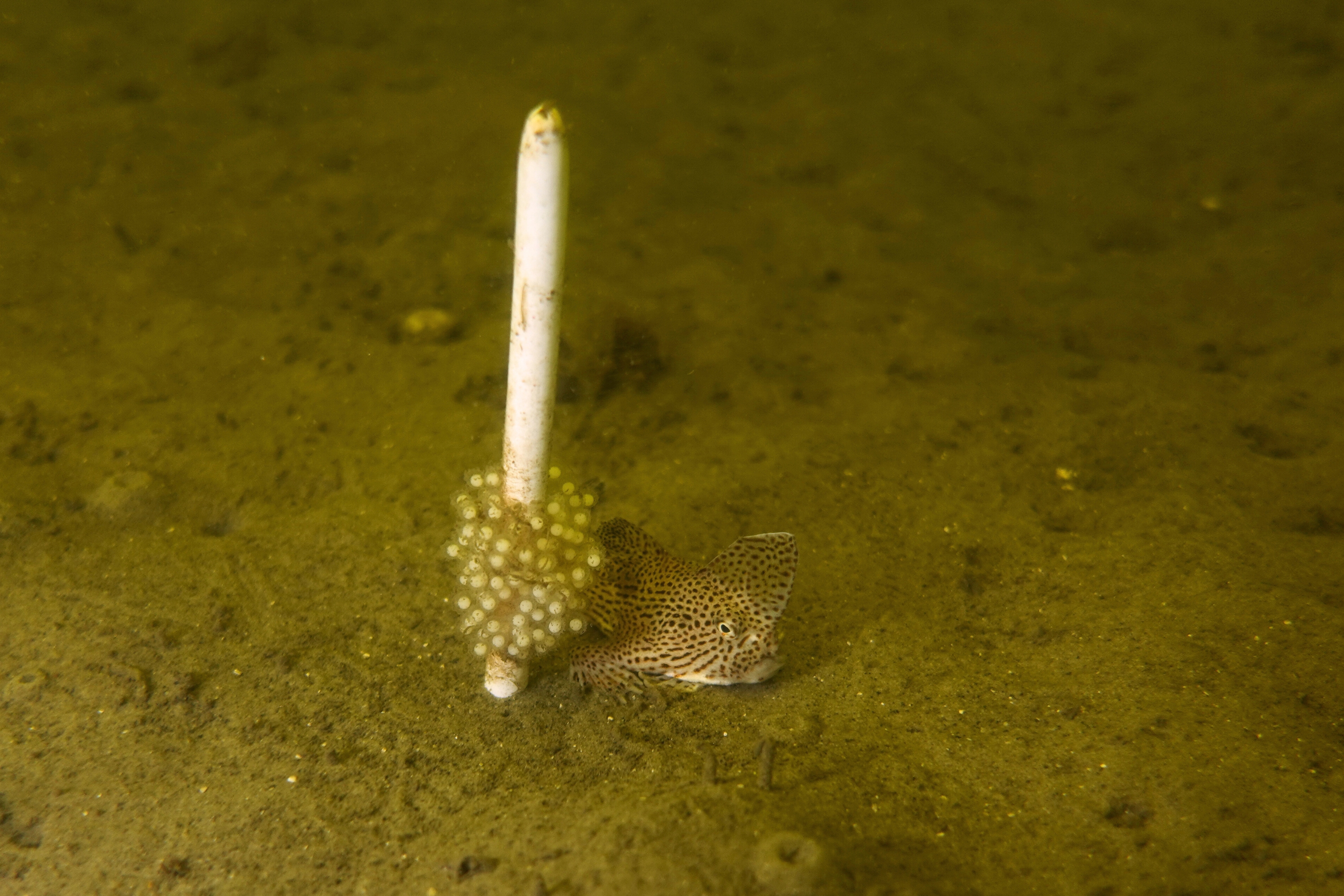Some species need more conservation help than others and while this can come in many forms, some species at least have the decency to look grateful in the photo ops. The spotted handfish, however, is not one of them. Despite having its genome sequenced for the very first time, in a bid to improve conservation outcomes for the species, the grumpy little handfish remains looking absolutely fuming.
Researchers from Australia’s national science agency CSIRO estimate that only around 2,000 spotted handfish (Brachionichthys hirsutus) are left in the waters around their native Tasmania, and the species has been listed as critically endangered by the IUCN since 1996.
The decline of this rare and elusive species, known for “walking” across the seafloor, is thought to be caused by a deadly combination of poor fishing practices in the past, climate change, invasive species, and development along the coastline.
By sequencing the genome of the spotted handfish, the scientists hope to learn more about how they can best conserve the remaining members of the population, as well as what makes a spotted handfish happy – even if they never look it.
“The genome helps us understand how an organism functions,” said CSIRO Senior Research Scientist Dr Gunjan Pandey in a statement. “It provides a foundation for understanding gene expression in daily life and offers insights into its evolutionary history. With the genome, we can assist with species detection, monitor populations, and even estimate the fish’s lifespan.”
Sequencing the genome was not an easy task. “Marine species like the Spotted Handfish are notoriously difficult to work with,” said Pandey. Their DNA can become contaminated with microorganisms and degrade very rapidly, which “makes assembling a pure genome extremely challenging,” Pandey added.

The handfish are also part of a captive breeding population to increase numbers.
Image credit: © Carlie Devine
However, an opportunity arose when a spotted handfish passed away in captivity, and a small amount of poor-quality DNA was able to be sequenced using what is known as a low-input protocol.
“We customised the entire process – from the set-up of the lab to the bioinformatics software – to sequence a high-quality genome from poor-quality DNA,” Pandey explained. “What used to take six to twelve months, we can now accomplish in days.”
“This technology holds huge promise for our understanding and conservation of endangered species across Australia and around the world.”
The genome is available via the National Center for Biotechnology Information.
Source Link: Rare “Walking” Fish Has Genome Sequenced For First Time – But It’s Not Happy About It